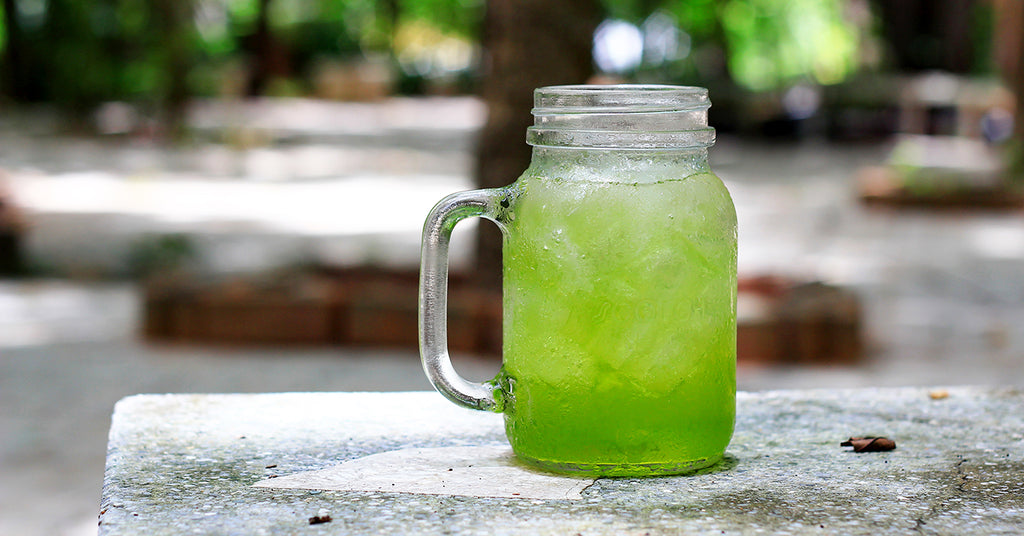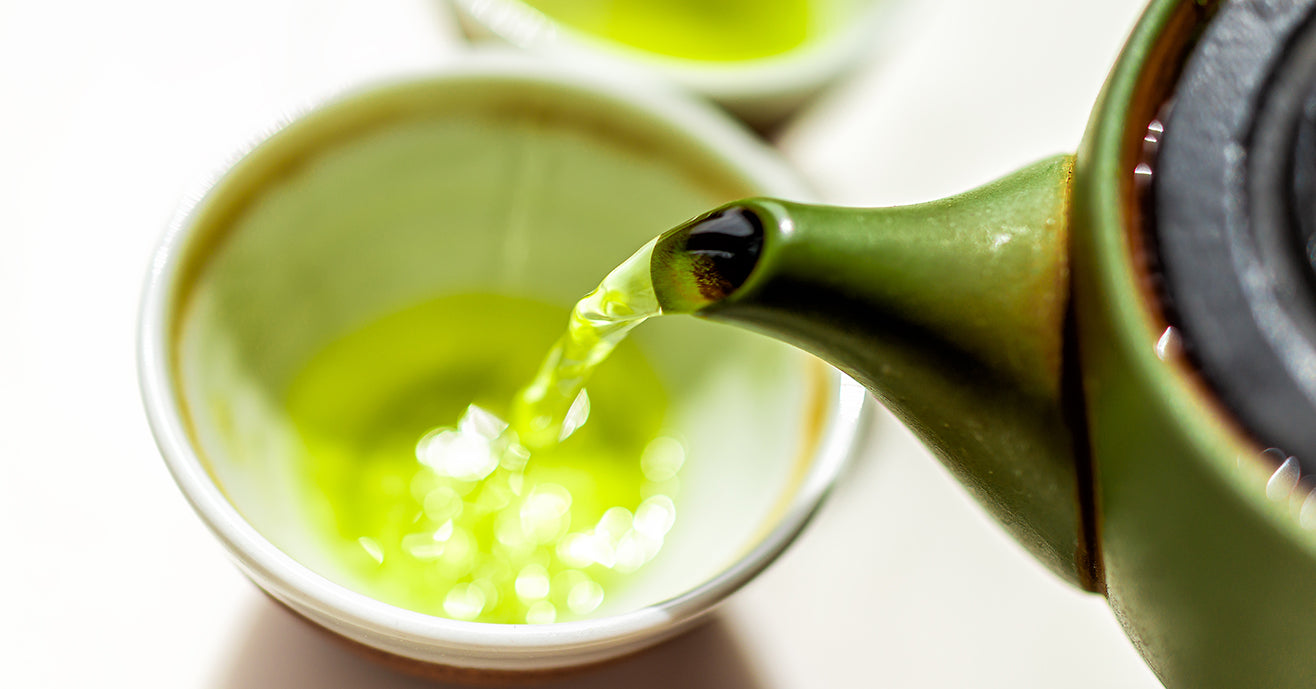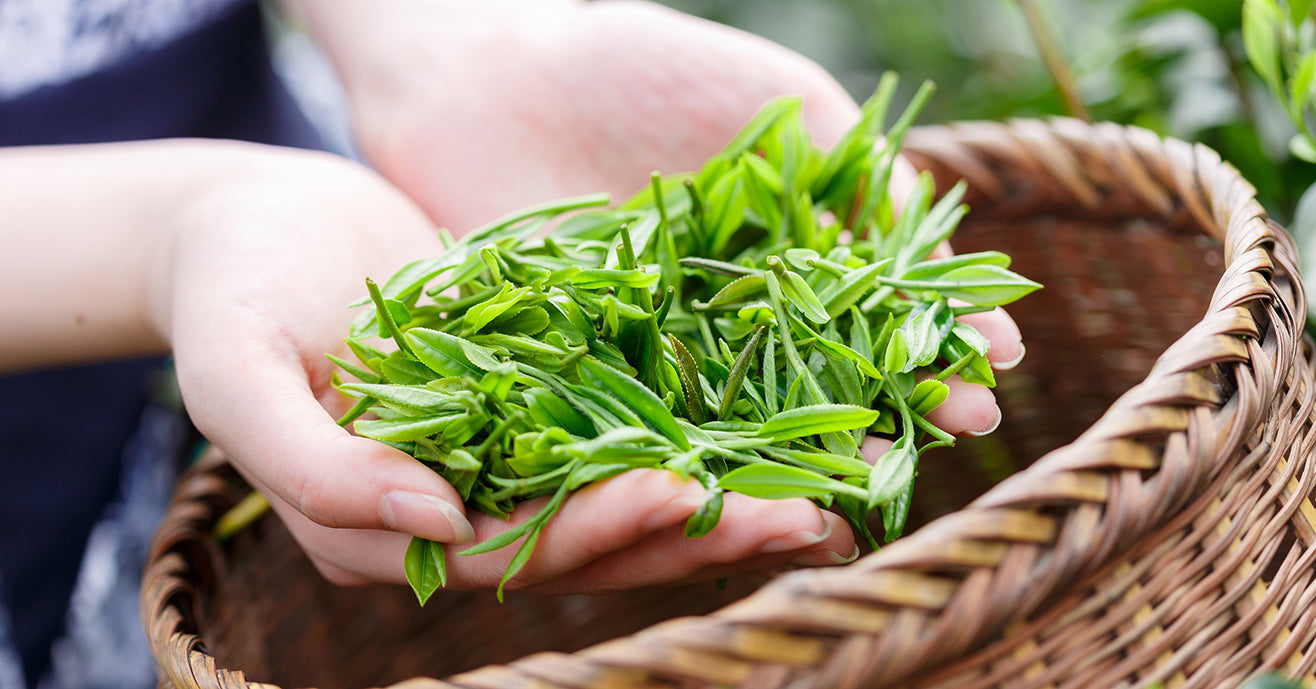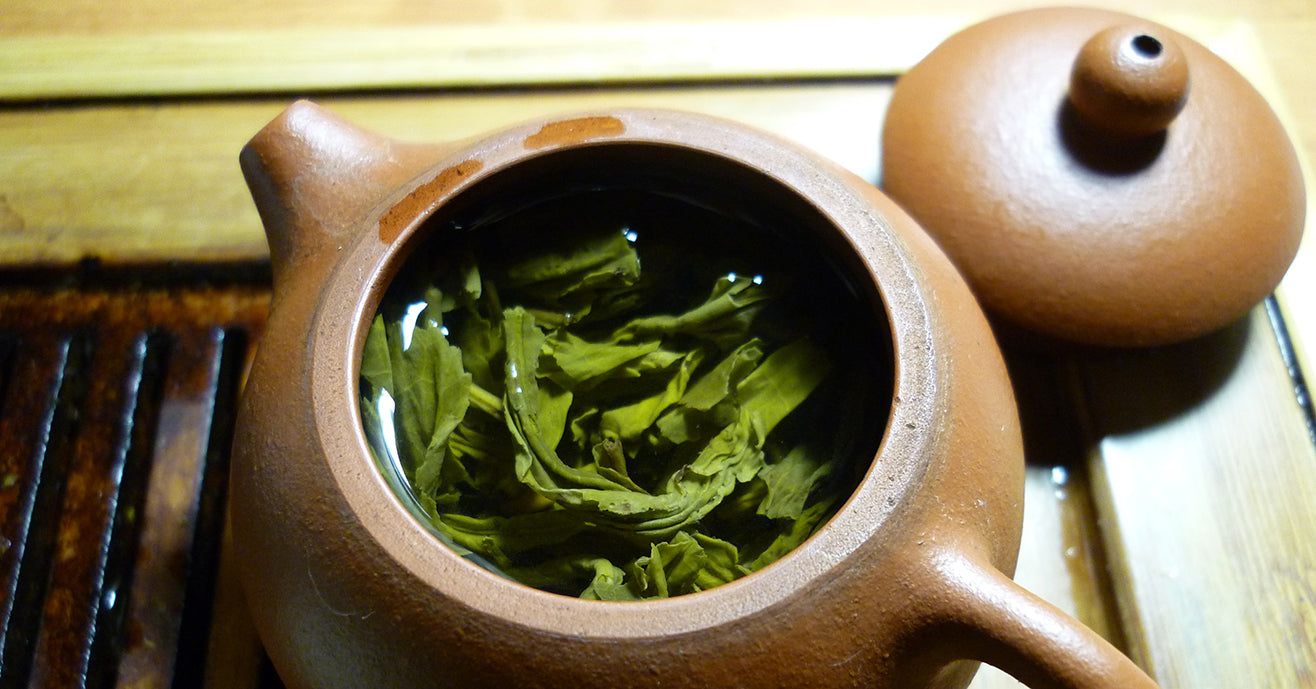Why Is Green Tea Good For You?

Many of us can admit that we dutifully drink our cups of green tea because along the line we heard someone say “Green tea is so good for you!”. If we were curious enough to ask why, we most likely got the response, “because of all the antioxidants!” And that enthusiastic response was enough to convince us, right?
We've all heard that antioxidants are good—but most of us don’t have a clue as to what they are, and why they are claimed to be so good for us. We'll go a bit deeper into that in a second, but let's take a couple of steps back first.
All true teas (i.e. not herbal)—green, black, white, oolong, puer, yellow—come from the same plant, Camellia sinensis. What makes the teas different are essentially 4 things:
- Where the tea is grown.
- What part of the plant is picked.
- What time of the year it's picked.
- How it's processed. (The processing part imparts the most profound impact on the teas.)
The manipulation of the green leaf is simple in theory. Through steaming, pressing, rolling and eventually drying, only water is taken away. However, the processing of the leaf is an intricate process that transforms the same green leaf into wildly different results. And while the look, taste and quality is quite different among teas, not a whole lot of research has been done into the inner workings of the leaf, and how its claimed health benefits are affected across different types and styles.

Without treading into the world of health advice, below we have summarized the key components of why it's widely believed that green tea (or any tea derived from Camellia sinensis plant) is considered beneficial for our health.
Antioxidants & Polyphenols: According to Colorado State University, Kendall Reagan Nutrition Center polyphenols are a class of compounds found in many plant foods with more than 8,000 different types identified so far. Most polyphenols work as antioxidants in the body, meaning they can combat environmental harm such as UV damage and pollution. Antioxidant is a general term used for the vitamins, minerals, and other chemicals found in food. Antioxidants are often the pigments found in the skins of fruits and vegetables that give them their color. For this reason, foods that exhibit extremely bright or extremely dark colors tend to be rich sources of antioxidants. Camellia sinensis falls into this category. However as far as tea types go, other forms of true tea can contain as much antioxidant as green teas, but not enough research is available at the moment to shed more light on the differences. This (super technical) article from the National Library of Medicine provides some additional insight.
Caffeine: All tea made from Camellia sinensis, including greens, contains caffeine. Once again, not enough research has been conducted to conclusively show whether one type of tea is higher or lower in caffeine (read our blog dedicated to this very subject). Among known beneficial attributes of caffeine, is that it's a mild stimulant to the central nervous system that quickly boosts our alertness and energy levels. To delve more into the properties of caffeine and how it may affect us, we recommend this article by Harvard's T. H. Chan School of Public Health.
L-theanine: Last but not least, Camellia sinensis contains the amino acid L-theanine. This incredible amino acid crosses the blood-brain barrier and triggers psychoactive effects. L-theanine is correlated with the production of alpha waves, which our minds make when we’re in a calm, relaxed state. And here’s the ringer: L-theanine is only in tea, and not in coffee. In fact, the only known natural sources of L-theanine are tea leaves and a few mushrooms. And it’s the unique combination of L-theanine, caffeine, and antioxidants that make tea special.
Want to dig a bit deeper into L-theanine? Here's an article by Medical News Today that may interest you.
At the end of the day, thousands of years of growing consumption and fandom of the unique and delicious Camellia sinensis leaf has become its own force. Having health benefits is of course an added bonus, but this second most consumed beverage after water not only tastes good, it offers endless varieties, and never ceases to reveal new aspects of itself. Whether you are a fan of malty black teas, earthy puers, oceanic greens or roasted oolongs, there's something for everyone. Cheers!
Want to learn more about the tea plant and caffeine? You might also enjoy:




Leave a comment